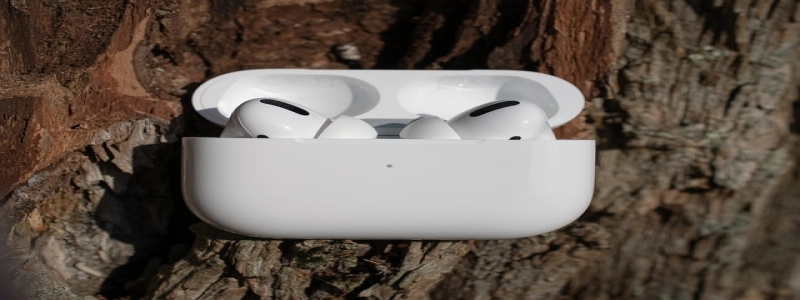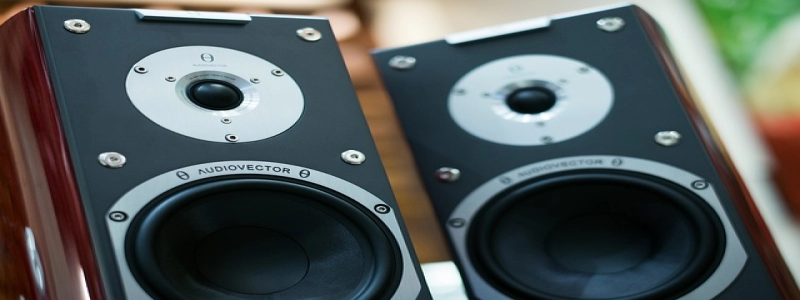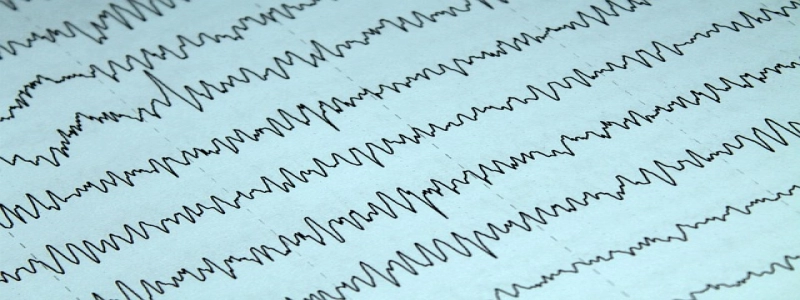Definition of Attenuator
Introduction:
An attenuator is a device used in electrical and electronic circuits to reduce the amplitude of a signal without significantly affecting its waveform. It is commonly used in telecommunications, audio systems, and radio frequency applications. This article aims to provide a comprehensive understanding of attenuators, their types, and their applications.
I. What is an Attenuator?
An attenuator is a two-port electronic device that typically consists of resistors, capacitors, and/or inductors. Its primary function is to reduce the power or amplitude of a signal passing through it. Attenuators are designed to provide a controlled loss of signal strength, enabling users to adjust the output signal level precisely.
II. Types of Attenuators:
1. Fixed Attenuators: Fixed attenuators provide a fixed level of attenuation, which cannot be adjusted. They are available in various impedance values and attenuation levels to suit different applications. Fixed attenuators are often used in test equipment and RF systems.
2. Variable Attenuators: Variable attenuators allow users to adjust the amount of attenuation according to their requirements. These attenuators are commonly used in audio systems, where the signal level may need to be dynamically controlled. Some variable attenuators use mechanical mechanisms, while others utilize electronic components to adjust the attenuation level.
III. Applications of Attenuators:
1. Telecommunications: Attenuators play a crucial role in telecommunication systems by ensuring proper signal levels and preventing distortion or overloading of devices. In fiber optic networks, attenuators are used to reduce signal power to the desired level, ensuring reliable transmission.
2. Audio Systems: Attenuators are frequently used in audio systems to control the volume and prevent signal overload. They allow users to adjust the sound level to their preferred listening experience. Attenuators can be found in audio mixers, amplifiers, and music production equipment.
3. RF Applications: Attenuators are widely used in radio frequency applications, especially in antenna systems and RF testing. They help optimize signal strength and prevent signal reflections or interferences. Attenuators in RF applications are designed to work at specific frequencies and impedance levels.
IV. Attenuation Calculations:
Attenuation is measured in decibels (dB) and can be calculated using the formula:
Attenuation (dB) = 10 * log10 (P2 / P1)
Where P1 is the initial power level, and P2 is the final power level after attenuation. By knowing the desired attenuation in dB, users can calculate the required attenuation value.
V. Conclusion:
Attenuators are essential components in various electrical and electronic systems, providing precise control over signal amplitudes. Fixed and variable attenuators cater to different applications, allowing users to choose the appropriate level of attenuation. Understanding the concept of attenuation and its calculations empowers users to design and optimize their circuits effectively.








